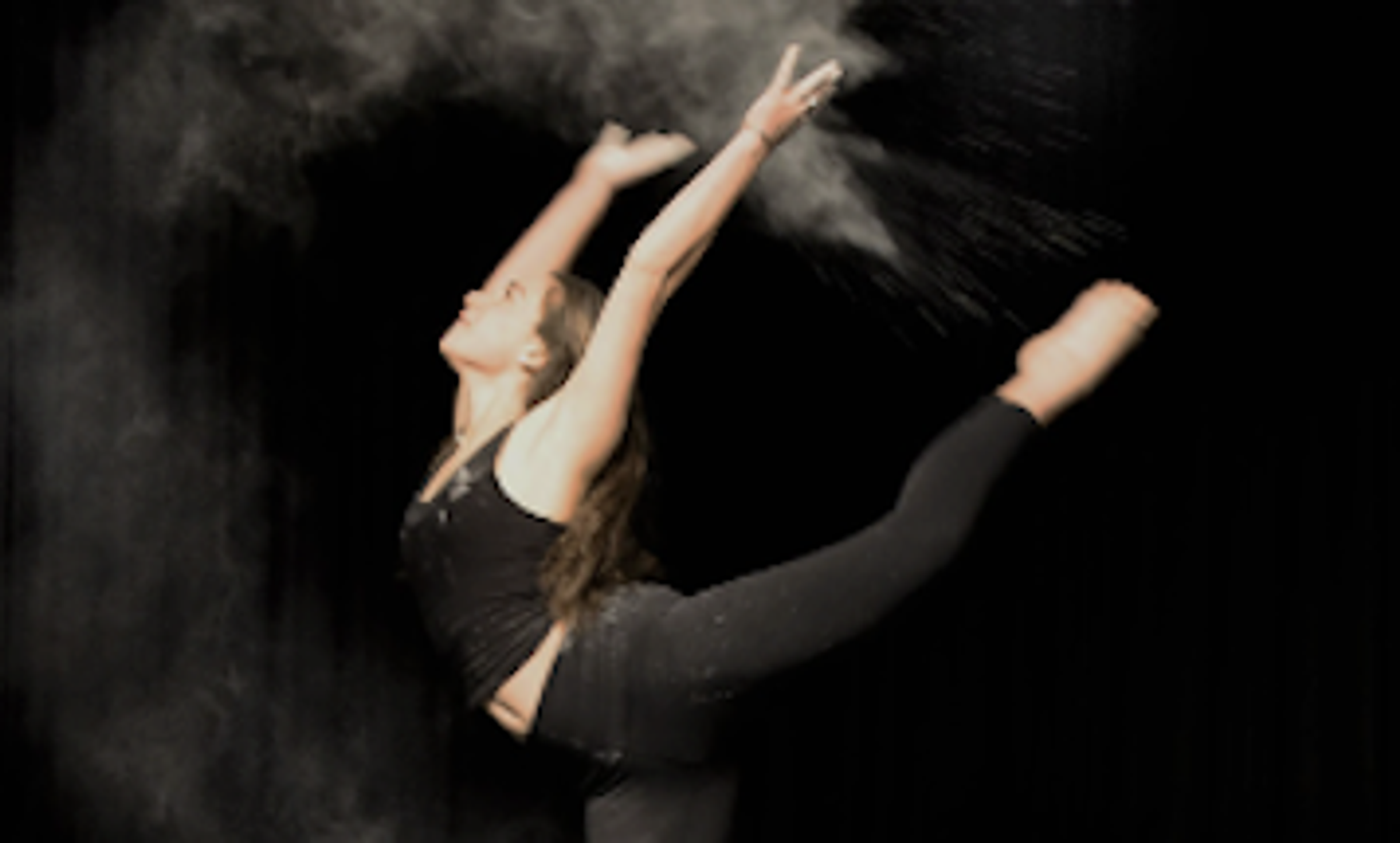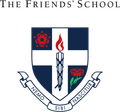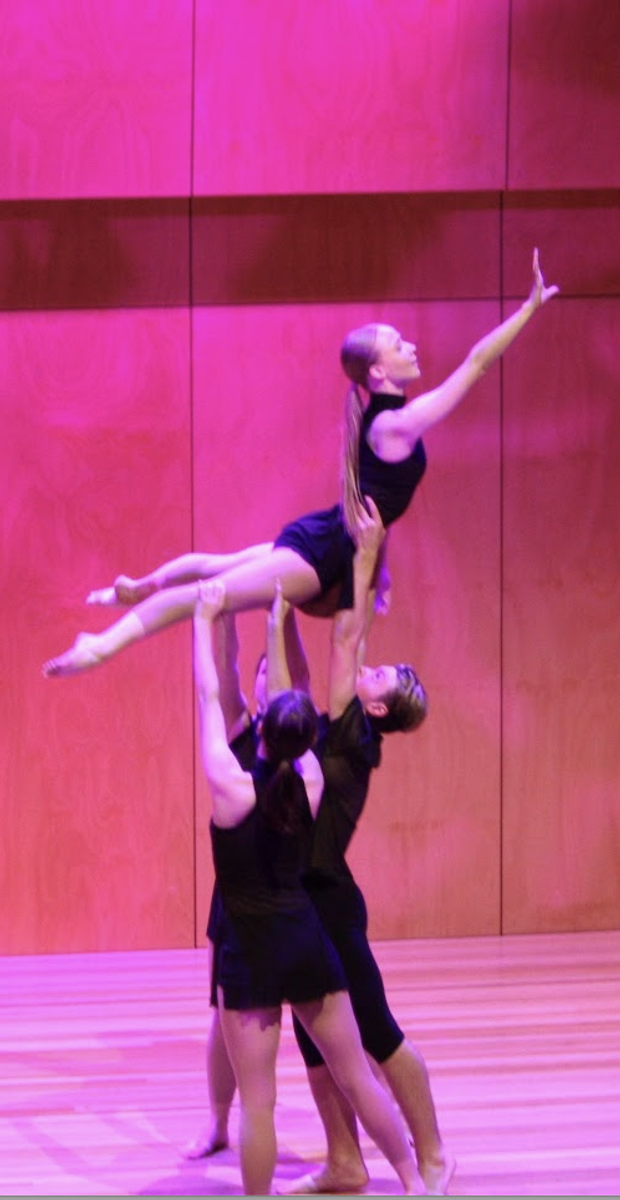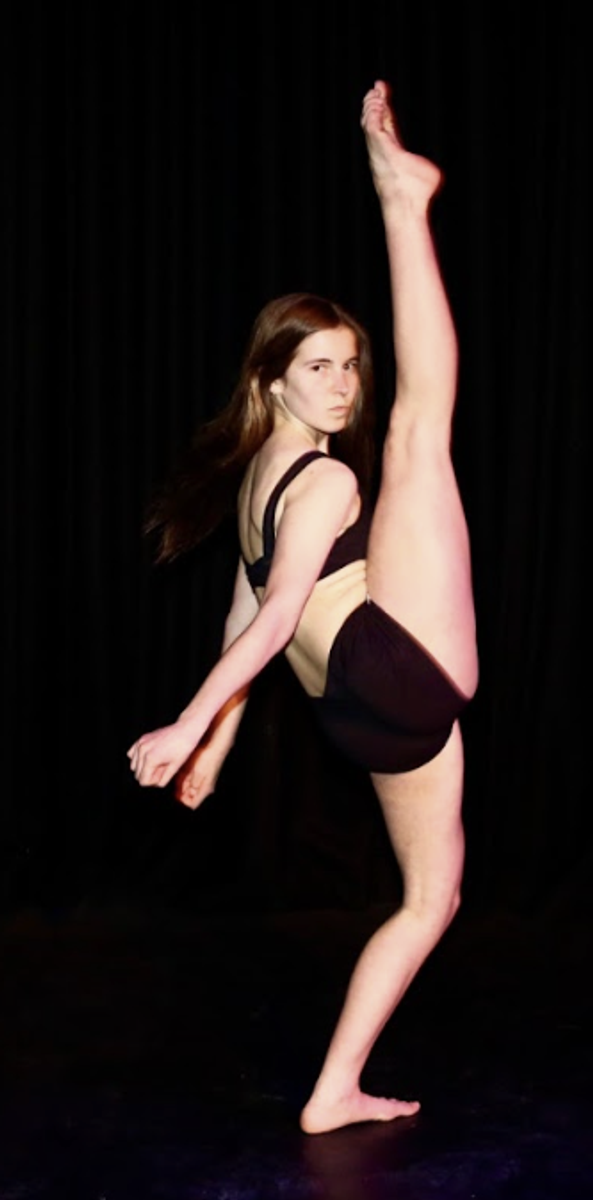IBDP Dance

Group 6 | Dance
| 🎓 Level | HL & SL |
|---|---|
| ⏱ Hours | 150 (SL) or 240 (HL) |
| 📚 Prerequisite | SL - no previous dance experience necessary HL - prior dance experience highly recommended |
| ℹ️ IB Course Information | Link (HL) Link (SL) |
What will I learn?
All dance is expressive movement with intent, purpose and structure, which communicates through the body and gestures of the dancer. Dance is a vital and integral part of human life. It exists over time in many forms and styles and is practised in all traditions and cultures, taking place in a range of contexts for various purposes. Dance functions as ritual, as artistic endeavour, as social discourse, as recreation and as education.
Dance is always evolving, as innovations develop alongside or from traditional forms and practices. Dance works may be seen as social and historical texts reflecting the cultures from which they emerge. Often these works may be considered as emerging texts that shape and determine the direction in which culture is moving.
Dance is a unique medium for learning about self and the world. It is one essential component of artistic, aesthetic and cultural education, and develops creative potential through physical expression. In dance, the integration of body, mind and spirit helps participants learn skills that are transferable to other disciplines and to their daily lives.
Consistent with the educational philosophy of the IB, the Diploma Programme dance curriculum aims for a holistic approach to dance, and embraces a variety of dance traditions and dance cultures—past, present and looking towards the future.
Performance, creative and analytical skills are mutually developed and valued whether the students are writing papers or creating/performing dances. The curriculum provides students with a liberal arts orientation to dance. This orientation facilitates the development of students who may become choreographers, dance scholars, performers or those, more broadly, who seek life enrichment through dance.
Why should I consider this course?
- You enjoy working with others on creatively challenging projects
- You enjoy the experience of performing on stage for others
- You are keen to explore a range of genres and undertake research into dance from different cultures
- You are interested in dance composition
- You are interested in investigating dance in a range of contexts
- You like working independently to meet a creative deadline
- You wish to develop your self-confidence, collaborative and performance skills
Assessment
The aims and assessment objectives are the same at both SL and HL, with additional assessment objectives at HL. The assessment criteria for SL and HL are related, with additional requirements at HL.
In the teaching of the dance course it should be possible to have groups of students that include both SL and HL students. Through a variety of teaching approaches, all students—whether SL or HL—will be encouraged to develop their creative and critical abilities and to enhance their appreciation and enjoyment of dance.
Both SL and HL students are required to compose dances, and to analyse the process.
In addition, HL students are required to discuss how connections made across the three components of study may have influenced their choreography in the making of one dance work.
Both SL and HL students explore, compare and contrast dances from different cultures and/or traditions through practical and theoretical investigation. Students are required to write a dance investigation.
Furthermore, HL students are required as part of their dance investigation to present an in-depth comparative discussion of two short excerpts from dances chosen from different cultures and/or traditions.
SL and HL students may specialise in any style of dance performance but must experience more than one style from more than one culture and/or tradition. All students must also write short programme notes.
| Component | Requirement | %HL | %SL |
|---|---|---|---|
| Composition and Analysis (EA) | Three dance works composed by the student; total presentation of 8–15 minutes, submitted electronically An analytical statement of no more than 1,000 words, documenting and reflecting upon the processes of composition and analysis of one of the dances including an analysis and evaluation of connections made. | 40 | 35 |
| Dance Investigation (EA) | A formal written report, no more than 2,500 words, analysing the similarities and differences between two dance styles drawn from different dance cultures and/or traditions, one of which is familiar to the student and one unfamiliar. The report must include an in-depth comparative discussion of one short excerpt from each dance culture and/or tradition. | 20 | 25 |
| Performance (IA) | This component is internally assessed by the teacher and externally moderated by the IB at the end of the course. Two or three dances (solo/duet/group but at least one must be a solo or a duet) in any style or styles, performed by the student to show proficiency and expressive ability appropriate to the dance, presented at an open showing; total presentation of 6–9 minutes (at least half of which must be devoted to solo and/or duet work), submitted electronically plus Short Programme Notes | 40 | 40 |
What Skills does this course provide?
Students may specialise in any style of performance, but must experience more than one style drawn from more than one dance culture and/or tradition. Their study must prepare them to present one or more styles for assessment at the end of the course.
This study requires that students develop and demonstrate technical and performance skills, performing in solo/duet work. Students may also present group work.
Technical skills include:
- body strength
- control
- coordination
- spatial awareness
- dynamic content
- rhythmic accuracy
- temporal clarity
Performance skills include:
- focus
- projection
- phrasing
- stylistic integrity
- relationship to other performers
- relationship to the audience
- dynamic content
- interpretative sensitivity appropriate to the work
What Pathway Options does this course provide?
The IB Diploma Programme dance course embraces the understanding that dance is a global discourse.
The course is constructed so that all students are given opportunities to study a variety of world dance traditions through exposure to physical practice and observation as well as written investigation. Examining dance from both familiar and unfamiliar cultures and/or traditions develops comparative-thinking skills and deepens students’ understanding of their own culture(s) as well as those of others.
The curriculum is designed to challenge students. It draws on a wide range of dance cultures that reflect varied histories, practices and aesthetics. Nonetheless, doing so establishes the important idea or belief that there are common parameters in dance across different cultural contexts. Whether performed for their communities, with their communities or for their personal pleasure, dances have—and serve—a conscious intention, and involve space, time and energy.
The IB Dance course provides excellent preparation for further tertiary study in dance, and dance industry related vocations.



